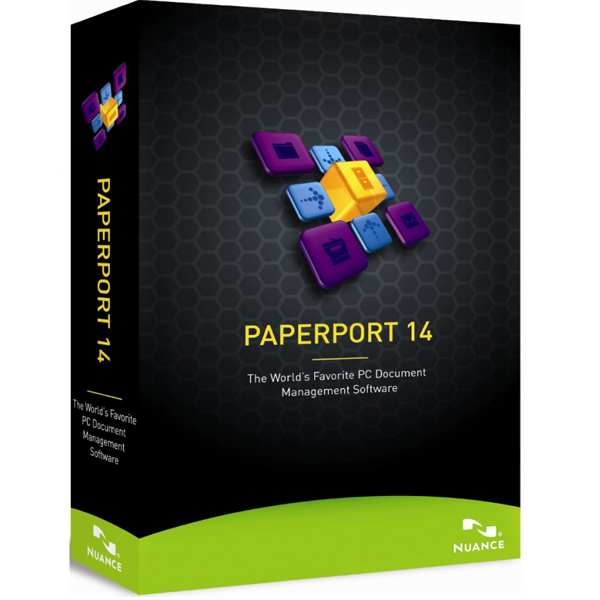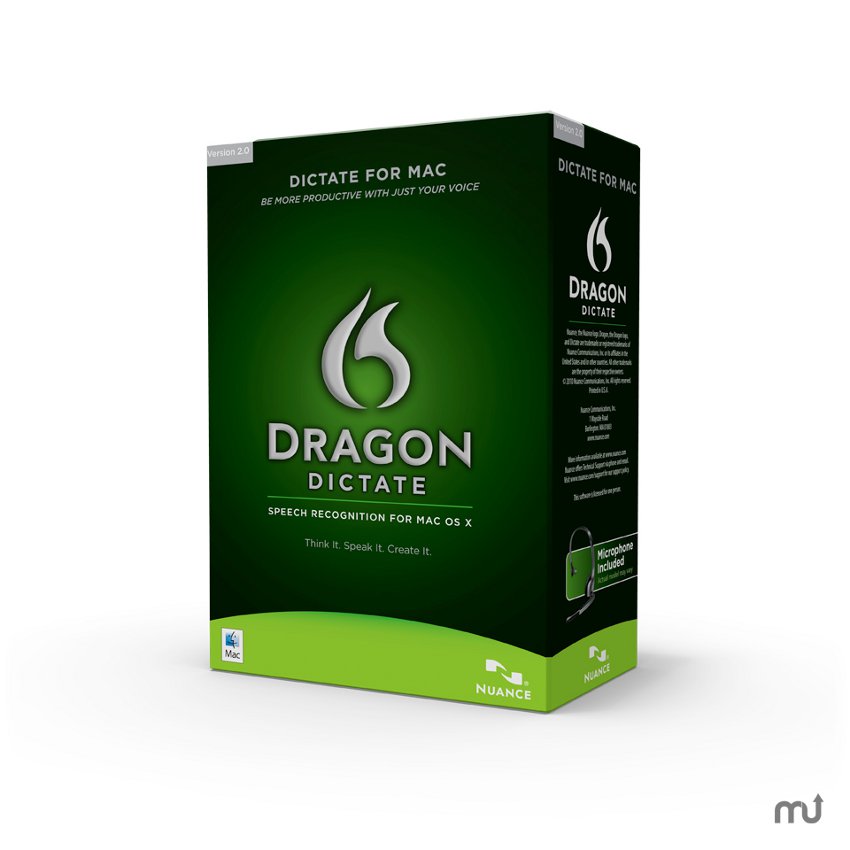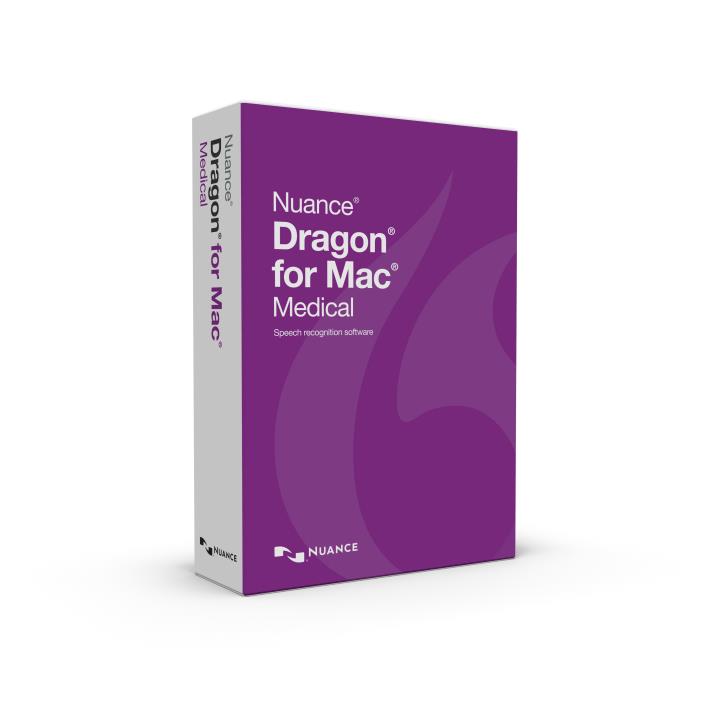

The ones you'll use 99% of the time are highlighted in red. In general we won't use it but maybe after a while you wold like to. -q: This is the opposite of the above, makes less output.If you want you can use it, but in general we won't. -v: This gives you 'verbose' output.in case you want to debug something.-E: This lists some programmer specifications, don't use it.Don't use this, it is confusing to beginners. -t: This is a 'terminal' mode where you can type out commands in a row.-u: If you want to modify the fuse bits, use this switch to tell it you really mean it.We want to verify when we write to flash so don't use this. -V: This turns off the auto-verify when writing.-n: This means you don't actually write anything, its good if you want to make sure you don't send any other commands that could damage the chip, sort of a 'safety lock'.If you wanted to read the eeprom memory into the file "eedump.hex" you would use -U eeprom:r:eedump.hex:i If you wanted to write the file test.hex to the flash memory, you would use -U flash:w:test.hex:i. We will always be using "Intel Hex" format, so use i and means theres an optional format flag. The is, well, the file that you want to write to or read from.

the r|w|v means you can use r (read) w (write) or v (verify) as the command. The is either flash or eeprom (or hfuse, lfuse or efuse for the chip configuration fuses, but we aren't going to mess with those). Its the one that actually does the programming. -U :r|w|v: : OK this one is the important command.-e: This erases the chip, in general we don't use this because we auto-erase the flash before programming.The test is strongly recommended as it tests the connection, so don't use this switch. -F: This overrides the signature check to make sure the chip you think you're programming is.
Dragon dictate mac commands list serial#
It might be COM1 for serial or LPT1 for parallel or USB for, well, USB.




 0 kommentar(er)
0 kommentar(er)
